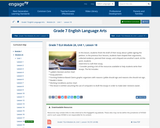
In this lesson, students finish the draft of their essay about Lyddie signing the petition.
- Subject:
- English Language Arts
- Material Type:
- Lesson Plan
- Provider:
- EngageNY
- Author:
- Expeditionary Learning
- Date Added:
- 04/04/2014

In this lesson, students finish the draft of their essay about Lyddie signing the petition.
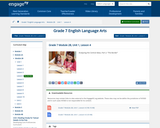
This lesson continues to work with the text “The Border” and the technique of using the “quote sandwich” to cite evidence in writing.

In this lesson, students develop, weigh, and choose the reasons that will lead to the claim they will make in their argument essay.

This lesson moves students forward from the task of developing claims and reasons for their argument essay on Pygmalion to finding, clarifying, and organizing evidence for their claim and reasons.
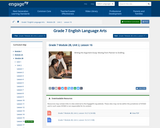
In this lesson, students look back at the model essay for some final analysis that will help them bridge the gap from the essay planner to the essay draft; in particular, how to write a conclusion, use transitions, and use a formal style.
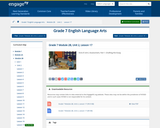
In this lesson, students finish the draft of their essay about Eliza Doolittle’s internal changes.
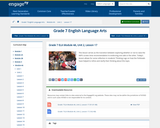
This lesson serves as the transition between exploring whether or not to raise the AAP’s screen time recommendation to endorsing one side or the other. Today’s lesson allows for some reflection in students’ Thinking Logs on how the Fishbowls have helped to refine and clarify their thinking about this topic.
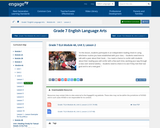
In this lesson, students participate in an independent reading check-in using whichever routine you have established with your class.
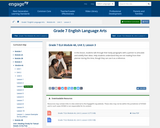
In this lesson, students talk through their body paragraphs with a partner to articulate and solidify their ideas. Help students understand they are not reading from their planner during this time, though they can use it as a reference.

In this lesson, students write the draft of their position paper about a screen time recommendation for the AAP. This lesson is written as a timed, on-demand drafting experience not only to keep management of the drafting process simple for the teacher, but also to give students “solo” experience in writing under timed, on-demand circumstances.
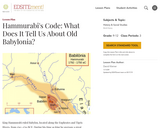
Students learn about life in Babylonia through the lens of Hammurabi's Code. This lesson is designed to extend world history curricula on Mesopotamia and to give students a more in-depth view of life in Babylonia during the time of Hammurabi.

This lesson examines the characteristics of Greek heroes and leads students to recognize references to Greek mythological heroes found in literature and culture today. Students will present analyses of heroes by defending their favorites in a slideshow presentation nominatting them for selection to a Heroes' Hall of Fame.
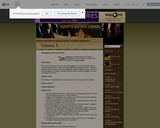
The focus of this lesson is on the use of hieroglyphs as a form of communication, record keeping, and as a means for preserving and passing down history. Students will learn basic information about the alphabet, common Egyptian words, and how to read hieroglyphic messages. Students will also practice using hieroglyphs to create messages of their own.

Students conduct Web searches on open-ended questions and draw on their experiences to develop guides to searching effectively and finding reliable information online.

Students will read background information, a passage, information, vocabulary words, and vocabulary in context. Students will write answers to questions, quotations to support a main idea, and a response to a prompt. This resource supports English language development for English language learners.

Students will read a description of and passage from L. Frank Baum's work, characters' descriptions, questions, vocabulary, definitions, text excerpts, and a writing prompt. Students will write short answers, quotations to support a main idea, and an essay. This resource supports English language development for English language learners.
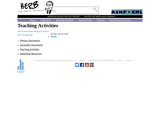
This resource supports English language development for English language learners. In this lesson plan, students analyze visual and textual primary sources to determine the extent to which African-Americans freed themselves versus the extent to which Abraham Lincoln ended slavery. The site includes links to primary source documents (including one from North Carolina), analysis worksheets for each document, and graphic organizers to support the lesson. The lesson includes speaking, listening, reading, and writing activities.

In this lesson, students will complete the Gathering Evidence and Selecting Evidence graphic organizer and respond to one constructed response question independently for an end of unit graded assessment.
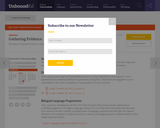
In this lesson, students will develop claims and reasons for their argument essay on Pygmalion by finding, clarifying, and organizing evidence.
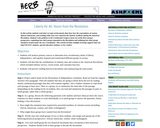
In this activity students read short excerpts of documents that show how the expectations of women, African Americans, and working white men were raised by the rhetoric of liberty during the American Revolution. Students write petitions to the Continental Congress from one of the three group's perspectives, explaining how their group responded to the Revolution and outlining how their group should be treated under the new Constitution. This activity includes multiple learning supports that can help ESL/ELL students, special education students, or low readers.